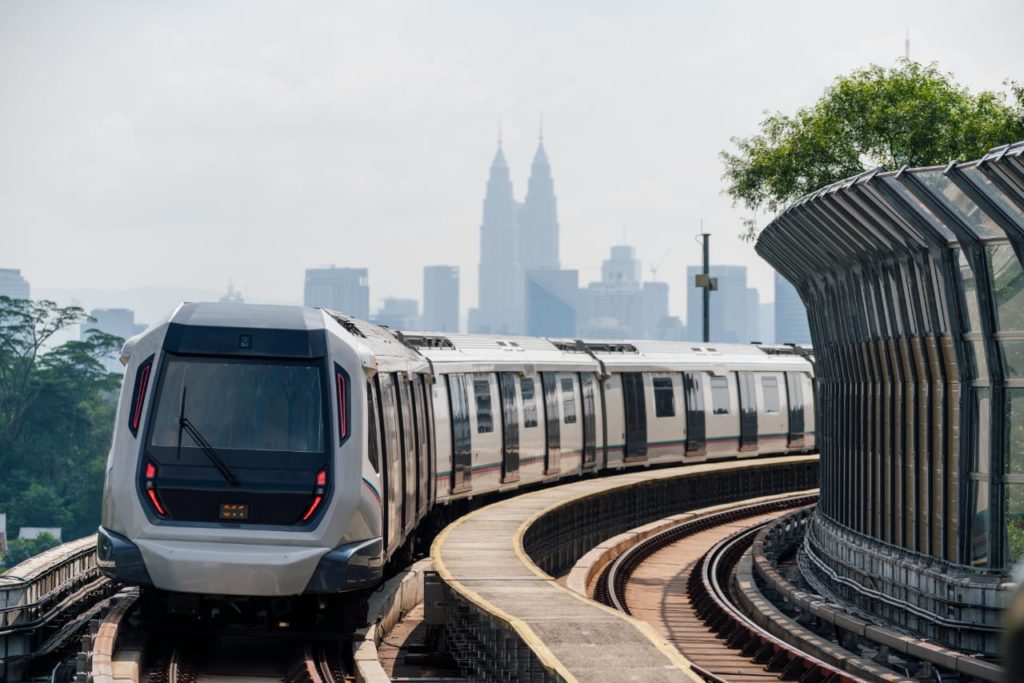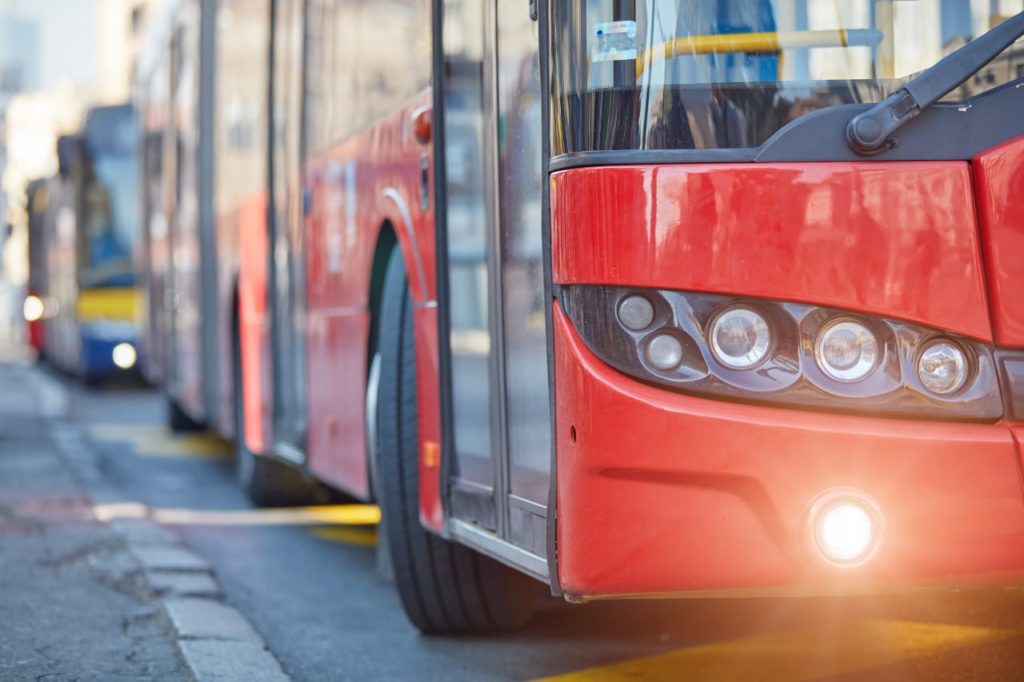When owning a car isn’t an option, public transport is the next best thing. Buses, taxis, and metros, among other forms, provide the means to get around a bustling metropolis quickly and easily. Even as times change, reliance on public transport will remain steadfast, if not grow.
As sprawling metropolises continue their growth, providing practical and reliable public transport will be a point of discussion. Urbanization means moving a growing population from point to point in the most convenient and sustainable method possible. The United Nations estimates the growth rate for developed and developing cities to reach 70% in the next four decades.
In response, technology has picked up the pace in rolling out new systems to improve the existing infrastructure. Some of these are already in use in cities worldwide, while others are under limited trial runs before introduction.
Here are some of the ways public transport is changing for the better:
1. Microtransit
Ride-hailing has seen widespread use since the past decade, filling a crucial gap in public transport systems. With services like Uber and Lyft, commuters can call for a ride to take them anywhere in the area, not constrained by fixed routes and bus stops.
Microtransit works the same way, but on a larger scale. While ride-hailing usually involves private vehicles, microtransit integrates a city’s entire transit network for a more seamless and convenient experience. This setup allows even buses and shuttles to meet specific transit needs as ride-hailing would, bridging even locations that aren’t part of public transport’s fixed routes.
Data sharing makes both ride-hailing and microtransit possible. By gathering relevant data, such as traffic and available vehicles, the system can assess the most efficient route to a destination using the least amount of resources. A person can transition between modes of public transport without having to buy a separate ticket each time.
However, the benefits of modern microtransit go beyond seamless travel. Operators can have more control over their fleets, activating just enough vehicles to meet demand. Fewer buses and taxis on the road means reduced greenhouse gas emissions and, more importantly, less congested roads.
2. Integrated Ticketing
The COVID-19 pandemic has emphasized the need for contactless transactions even more. Electronic media, like smartphones, are in a prime position to bear public transport’s contribution in mitigating infections.
In some countries, integrated ticketing systems have replaced the humble paper. It’s an intelligent solution that combines various modes of public transport as a single, seamless entity. In this case, a ticket can consist of the schedule and tracking details of the transits involved in a particular trip. It can be verified on the spot through mobile, or in advance via the website.
Another example of integrated ticketing provides a kind of free pass for a commuter for a limited time. Such a system is ideal in big cities, where time-based tickets can eliminate the need to buy a ticket every trip every day.
The system also incorporates other functions, like cashless payment, which has taken off since the pandemic began. Binding a bank account or credit card to an e-ticket app gives the commuter more control over their itinerary.

3. Intelligent Transport System (ITS)
ITS is an advanced public transport planning tool that gathers and analyzes traffic data for a given area at a particular time. It benefits both commuters and mass transit operators as it provides them with valuable information regarding bus schedules, traffic conditions, and everything in between.
The result can be fewer transit routes, but more frequent transits, precisely the outcome Houston ended up with after revamping its mass transit system in 2016. Instead of providing public transport for many low-traffic routes, the city concentrated its bus fleet on fewer, but high-traffic ones. ITS enables such planning to take place, producing more efficient solutions.
While developments in ITS technology have mostly been hardware, it’s picking up the pace on the software side as well. However, despite the vast quantity of data it gathers, operators only use a fraction of it because of a lack of a dedicated decision support system. Decision-makers still have to study and analyze the data with old, but, still, reliable research methods.
Conclusion
In the following decades, several trends will solidify public transport as the primary means of local travel. One of which will be a decline in car ownership or reduced reliance on cars for car owners. As people will almost choose the more affordable option, an improved public transport system can vindicate such a choice.
Cities won’t stop growing, so the infrastructure in place shouldn’t do so. To quote Gustavo Petro, the former mayor of Bogota, Colombia: “A developed country is not a place where the poor have cars. It’s where the rich use public transportation.”





